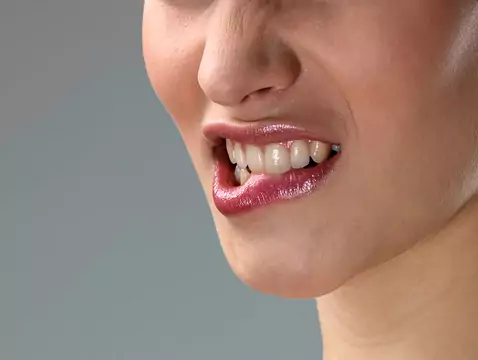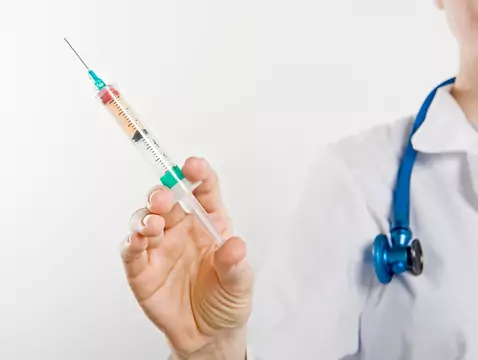The development of tissues and organs begins as early as day 15 of the human embryo and ends at puberty around 18 years of age. A variety of extrinsic and intrinsic factors acting during the embryonic, foetal and individual period influence the formation of the individual. The form of the developmental defect is influenced by the type and timing of the factor and the developmental period in which it acts.
We distinguish between factors:
1) Intrinsic (so-called genetic):
(a) Heredity,
(b) Incompatibility of germ cells.
2) Extrinsic (so-called environmental):
(a) Hypoxia,
(b) Effects of ionising radiation,
(c) Nutritional deficiencies of the mother:
- Hypoproteinaemia,
- Avitaminoses A, B6, C,
- Hypervitaminosis,
(d) Infections:
- Viral (rubella, influenza),
- Bacterial,
- Protozoan (toxoplasmosis),
e) Metabolic and endocrine disorders of the mother,
f) Chemical agents and drugs with teratogenic effects (cytostatics, neuroleptics),
g) Immunological factors,
h) Mechanical factors (abdominal injuries, uterine tumours),
i) Mental trauma of the mother.
The most common facial and oral malformation is cleft upper lip, alveolar process and palate. The cause of this defect is the action of a teratogenic agent around the 7th week of fetal life, which results in a lack of development of the primary palate (cleft lip and alveolar process). When the agent acts between 6-12 weeks, it leads to a secondary cleft palate, which includes the hard and soft palate.
We can divide developmental defects into:
- Congenital- arise during intra-membranous development,
- Acquired- arise during perinatal trauma, after birth,
- Single,
- Multiple.
Morphological division:
1. Cleft, fissure (face, palate, lower lip, mandible, tongue),
2. Quantitative changes:
a. Absence of e.g. tongue, mandible, jaw,
b. Underdevelopment of e.g. mandible, maxilla, teeth,
c. Hypertrophy of e.g. tongue, mandible, maxilla, teeth,
3. Abnormal position,
4. Qualitative changes (congenital cyst, congenital fistula).









